Making an Electric Circuit
You enter a dark room and reach for a switch to turn on the lights. In fact, most off the time, you don’t even think about it; you just […]
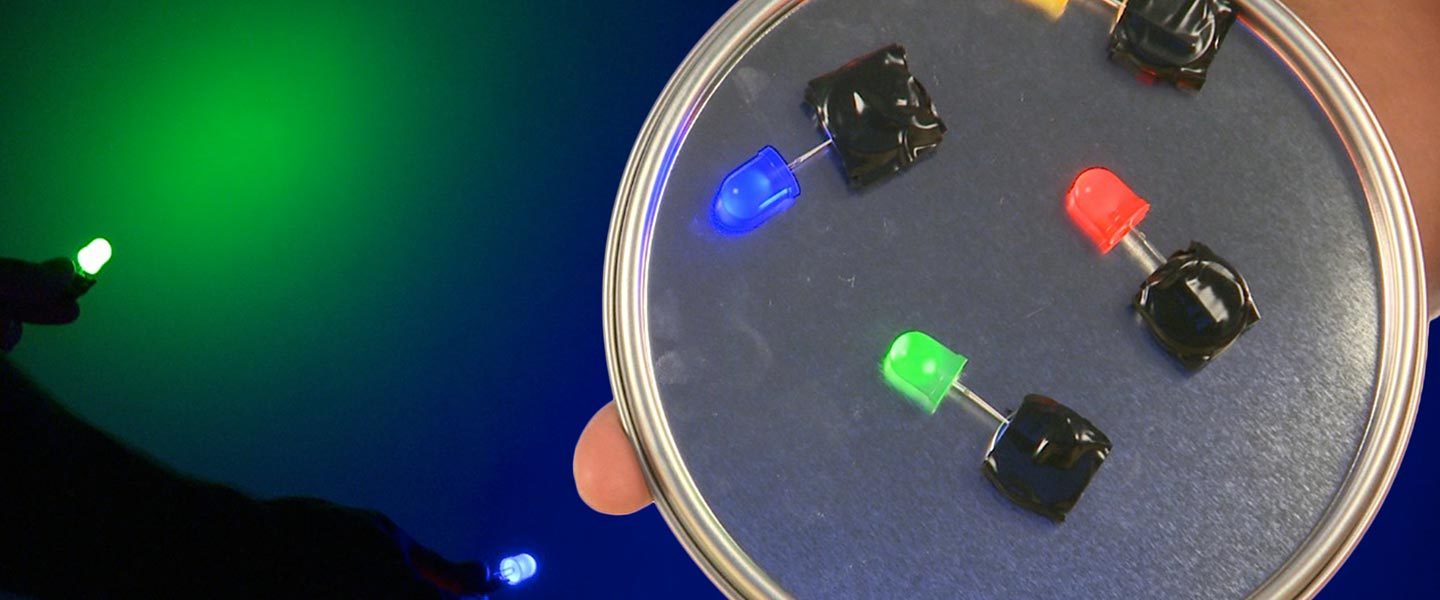
Graffiti Research Lab first introduced us to the awesome throwie idea, and we loved it. Ever since, we’ve been playing around with the idea of using light-emitting diodes (LED) and throwies as a great hands-on method to teaching science. You can do it, too, and we’ll show you how!
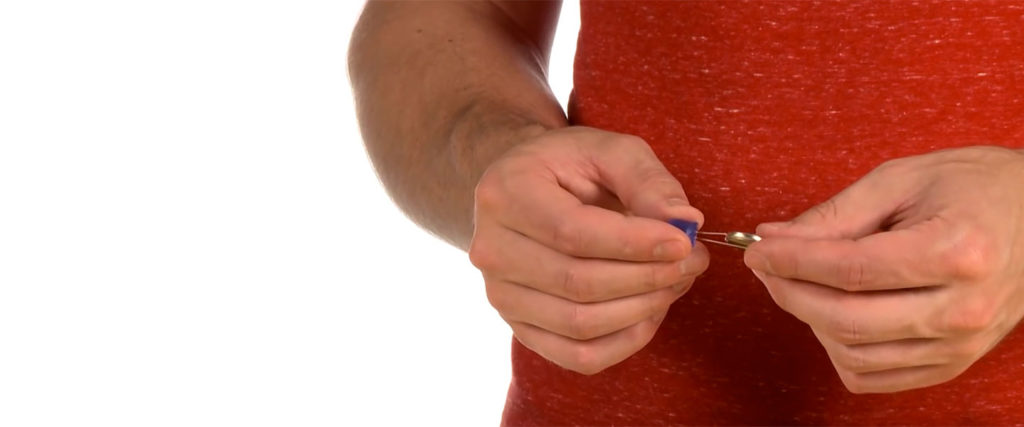
Place the battery between the two “legs” of the LED. If the LED does not light up, flip the battery and try again.
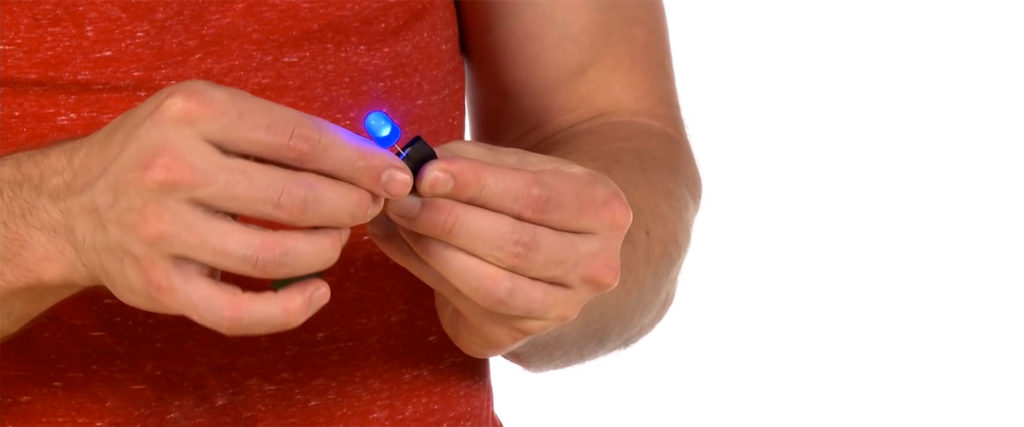
Cut a small piece of electrical tape. Wrap the tape around the LED legs and battery, to secure them together.
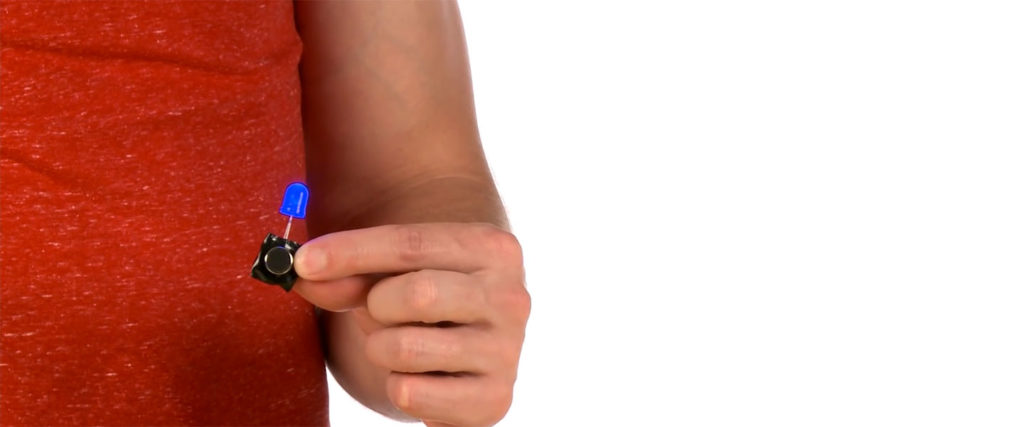
Place a strong magnet on the top of the battery.
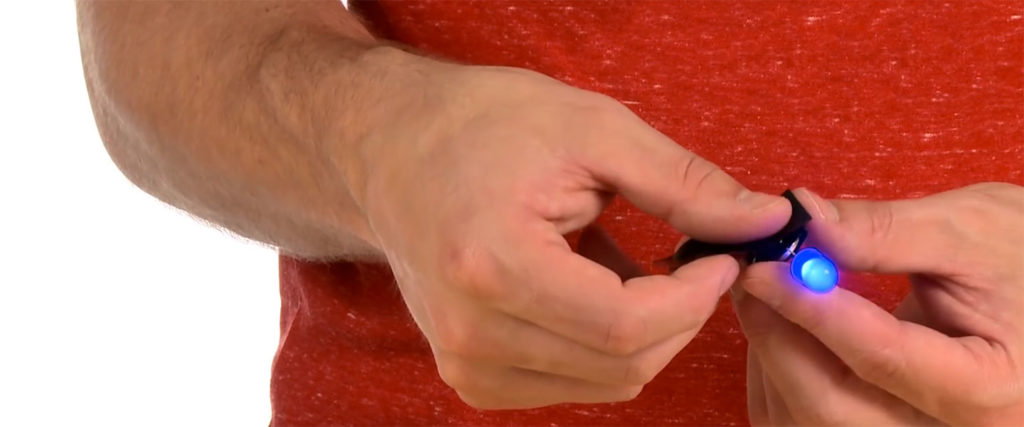
Secure the magnet to the battery using another piece of electrical tape.
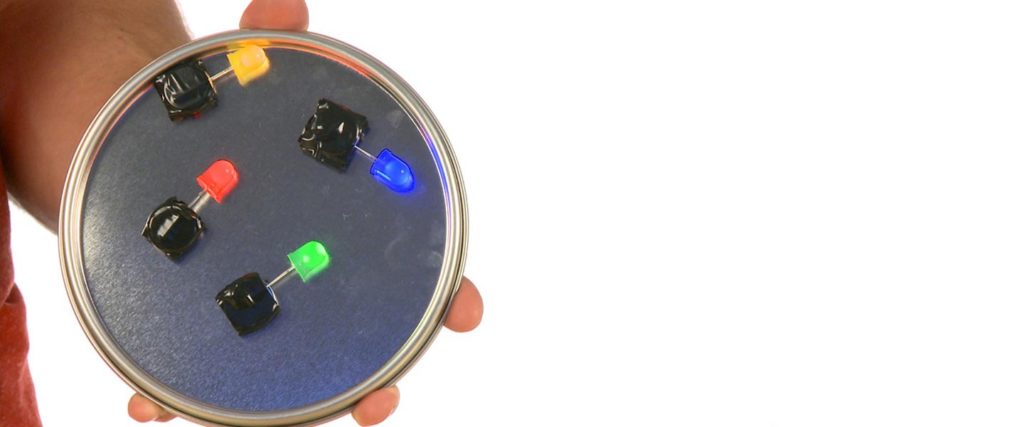
Place the throwie on a paint can lid or another metal object.
Make as many different colors as you can!
An LED (light-emitting diode) is an ingenious invention that’s used when bright, low power and low heat lights are needed. In a diode, electrons rise to and fall from precise energy levels. When an electron falls to a lower energy level, light energy is emitted. It’s the size of the fall (the gap) that decides the frequency of the light (i.e. the color of the visible light). What you see, then, is green and blue light, not white light through green or blue plastic. LEDs are found in all kinds of devices from numbers on a digital clock, to kitchen appliances, to traffic lights, and even jumbo-tron screens. The battery in this kit will power the LED non-stop for over two months. Then, go buy a new battery.
The super strong magnets are made from neodymium, iron, boron and a few transition metals. They’re some of the strongest magnets in the world. Neodymium magnets are so strong that they may be dangerous if not handled properly. A domino-sized pair can slam together from over 6in/15cm apart and knock chips off themselves and smash fingers from the force of the impact. Be careful! Any type of magnetic media (DVD, computer, cell phone, etc.) will be history in the presence of one large neodymium magnet. By the way, it’s far easier to slide neodymium magnets apart than it is to pull them part.